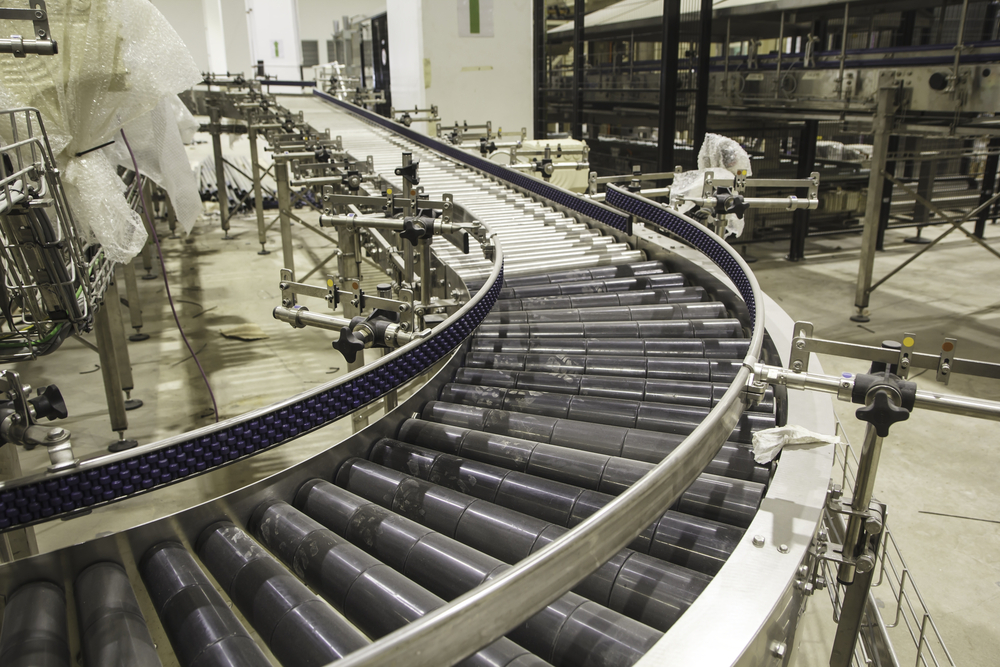
HDPE conveyor rollers are an essential component in many industries, serving a crucial role in the smooth and efficient movement of materials. Made from high-density polyethylene, these rollers offer a range of benefits that make them a popular choice for conveyor systems. HDPE is known for its durability and resistance to wear and tear, ensuring that the rollers can withstand heavy loads and frequent use without compromising their performance. Additionally, HDPE rollers are lightweight, making them easier to handle and install. This not only reduces the risk of injury during installation but also allows for more flexibility in conveyor system design. The low friction coefficient of HDPE further enhances the efficiency of material movement, minimizing the energy required for transportation. Moreover, HDPE conveyor rollers are resistant to chemicals and moisture, making them suitable for use in various environments, including those with corrosive substances or high humidity levels. This durability and resistance to environmental factors contribute to the longevity of the rollers, reducing maintenance costs and downtime. With their excellent load-bearing capacity and versatility, HDPE conveyor rollers are an ideal choice for industries such as manufacturing, mining, and logistics. Whether it’s moving heavy goods or delicate materials, these rollers provide a reliable and efficient solution for conveyor systems.
In industries where efficient material handling is crucial, conveyor systems play a vital role. One essential component of these systems is the conveyor roller. While there are various types of rollers available, HDPE (High-Density Polyethylene) conveyor rollers have gained significant popularity due to their numerous advantages. In this post, we will explore the benefits of HDPE conveyor rollers, their usage across different industries, and provide detailed instructions on how to install and maintain them effectively.
What are HDPE conveyor rollers and why are they preferred?
HDPE conveyor rollers are rollers made from high-density polyethylene material. They offer several advantages over traditional conveyor rollers, including:
- Excellent durability: HDPE is known for its exceptional strength and resistance to wear and tear, making these rollers highly durable and long-lasting.
- Lightweight design: HDPE rollers are significantly lighter than steel or other alternatives, resulting in reduced energy consumption and lower costs.
- Corrosion resistance: Unlike metal rollers, HDPE rollers are highly resistant to corrosion, allowing them to withstand harsh environments without degradation.
- Quieter operation: HDPE rollers produce less noise compared to metal, providing a quieter and more comfortable working environment.
- Low friction coefficient: The low friction coefficient of HDPE rollers allows for smoother material flow, reducing the risk of jams or blockages.
How are HDPE conveyor rollers used in different industries?
HDPE conveyor rollers find applications in a wide range of industries, including:
- Food processing: Due to their resistance to moisture and chemicals, HDPE rollers are commonly used in food processing facilities to ensure hygienic and efficient material handling.
- Manufacturing: These rollers are ideal for manufacturing environments where heavy loads and continuous operation are common. Their lightweight design makes them easy to install and replace.
- Logistics and distribution: HDPE rollers are widely used in logistics and distribution centers to facilitate the movement of packages and parcels smoothly and silently.
- Mining and construction: The durability and resistance of HDPE rollers make them suitable for demanding environments like mining and construction sites, where heavy loads and harsh conditions are prevalent.
How to install and maintain HDPE conveyor rollers effectively?
Installing and maintaining HDPE conveyor rollers requires attention to detail and proper care. Here are some instructions to ensure successful installation and long-term performance:
- Begin by carefully inspecting all components, ensuring they are free from damage or defects.
- Prepare the conveyor frame by aligning it correctly and securely fastening it to the ground or support structure.
- Attach the HDPE rollers to the conveyor frame, ensuring proper alignment and spacing.
- Regularly clean the rollers using mild detergent and water to remove any debris or buildup that may affect their performance.
- Inspect the rollers for any signs of wear or damage, and replace them promptly if necessary to prevent disruptions in the conveyor system.
Conclusion
HDPE conveyor rollers offer numerous advantages over traditional alternatives, making them an excellent choice for efficient and reliable material handling. Their durability, lightweight design, corrosion resistance, low noise operation, and low friction coefficient make them suitable for various industries. By following proper installation and maintenance procedures, businesses can maximize the lifespan and performance of HDPE conveyor rollers, ensuring smooth and uninterrupted operations. So, consider incorporating HDPE conveyor rollers into your conveyor system to experience enhanced productivity and cost savings in your industry.
